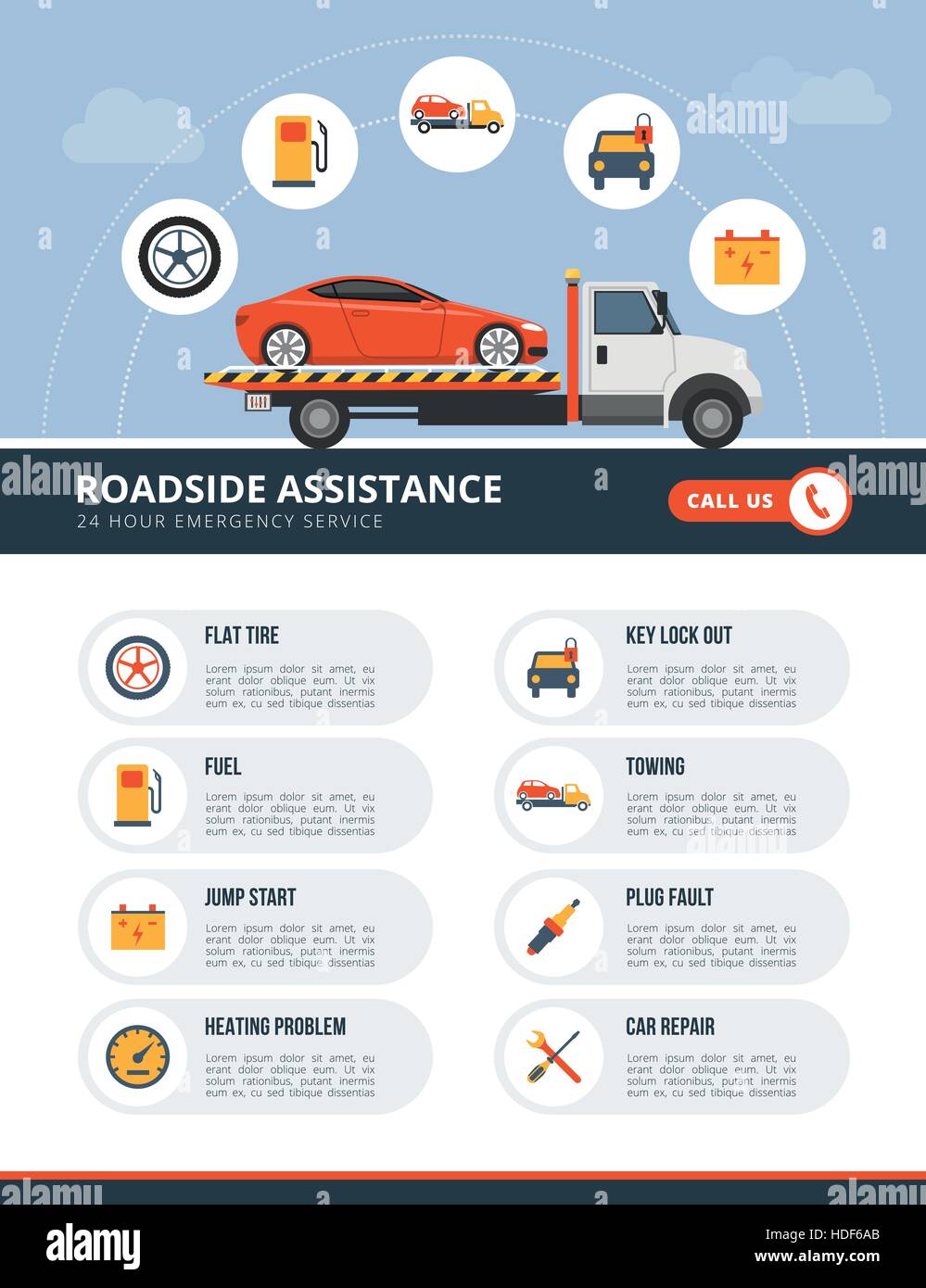Interpreting Your Car'S Alert Lighting: Their True Implications
Interpreting Your Car'S Alert Lighting: Their True Implications
Blog Article
Published By-Boye Kejser
When you're behind the wheel, those radiant warning lights on your dashboard can be a bit difficult. Do you recognize what they're attempting to tell you regarding your vehicle's health and wellness? Comprehending the importance of these lights is crucial for your safety and security and the long life of your car. So, the next time among those lights turns up, wouldn't you wish to decipher its message accurately and take the needed steps to address it?
Common Caution Lights and Interpretations
Identify usual warning lights in your auto and comprehend their meanings to guarantee safe driving.
The most normal caution lights include the check engine light, which signals problems with the engine or exhausts system. If this light begins, it's essential to have your vehicle examined promptly.
The oil stress cautioning light shows low oil stress, requiring immediate interest to avoid engine damages.
A flashing battery light may suggest a damaged charging system, potentially leaving you stranded if not resolved.
The tire pressure tracking system (TPMS) light notifies you to reduced tire pressure, affecting car security and gas effectiveness. Neglecting this could cause risky driving conditions.
The abdominal muscle light indicates an issue with the anti-lock stopping system, jeopardizing your ability to stop swiftly in emergency situations.
Lastly, the coolant temperature level advising light warns of engine getting too hot, which can lead to serious damages if not resolved promptly.
Comprehending these common warning lights will assist you deal with issues quickly and maintain risk-free driving problems.
Significance of Prompt Focus
Comprehending the common warning lights in your car is only the initial step; the importance of without delay attending to these warnings can not be stressed sufficient to ensure your security when traveling.
When a caution light illuminates on your control panel, it's your automobile's method of connecting a prospective issue that needs attention. Disregarding these warnings can cause much more serious problems later on, jeopardizing your safety and potentially costing you a lot more in repairs.
Motivate attention to cautioning lights can protect against break downs and crashes. For example, a flashing check engine light might indicate a misfire that, if left neglected, can trigger damages to the catalytic converter. Addressing this quickly can save you from a costly repair.
Similarly, related resource site advising light might indicate reduced brake fluid or worn brake pads, vital components for your security when driving.
Do It Yourself Troubleshooting Tips
If you observe a warning light on your dashboard, there are a few DIY fixing pointers you can try before looking for specialist help.
The first step is to consult your automobile's manual to comprehend what the details warning light indicates. In some cases the problem can be as easy as a loosened gas cap setting off the check engine light. Tightening the gas cap might solve the problem.
One more typical problem is a reduced battery, which can activate various warning lights. Inspecting the battery connections for deterioration and guaranteeing they're protected may fix the problem.
If a warning light lingers, you can try resetting it by separating the automobile's battery for a few mins and then reconnecting it. Furthermore, examining https://travistohcv.targetblogs.com/30460805/fascinated-in-the-realm-of-vehicle-detailing-supplies-discover-the-trick-devices-and-expert-tips-that-can-enhance-your-detailing-capabilities-from-scratch , such as oil, coolant, and brake fluid, can aid troubleshoot cautioning lights associated with these systems.
Conclusion
In conclusion, comprehending your car's caution lights is vital for maintaining your automobile running smoothly and safely. By without delay dealing with these signals and recognizing what they suggest, you can avoid pricey repair work and possible break downs.
Bear in mind to consult your car's handbook for certain information on each advising light and act accordingly to ensure a hassle-free driving experience.
Stay informed, remain moved here on the road!
